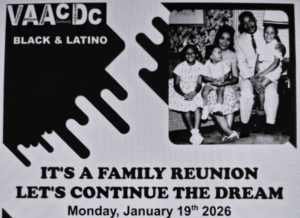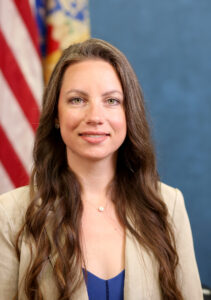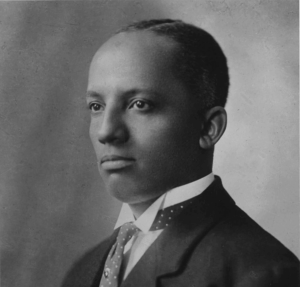OP-ED: Tonya Breland — Purpose in the Pivot
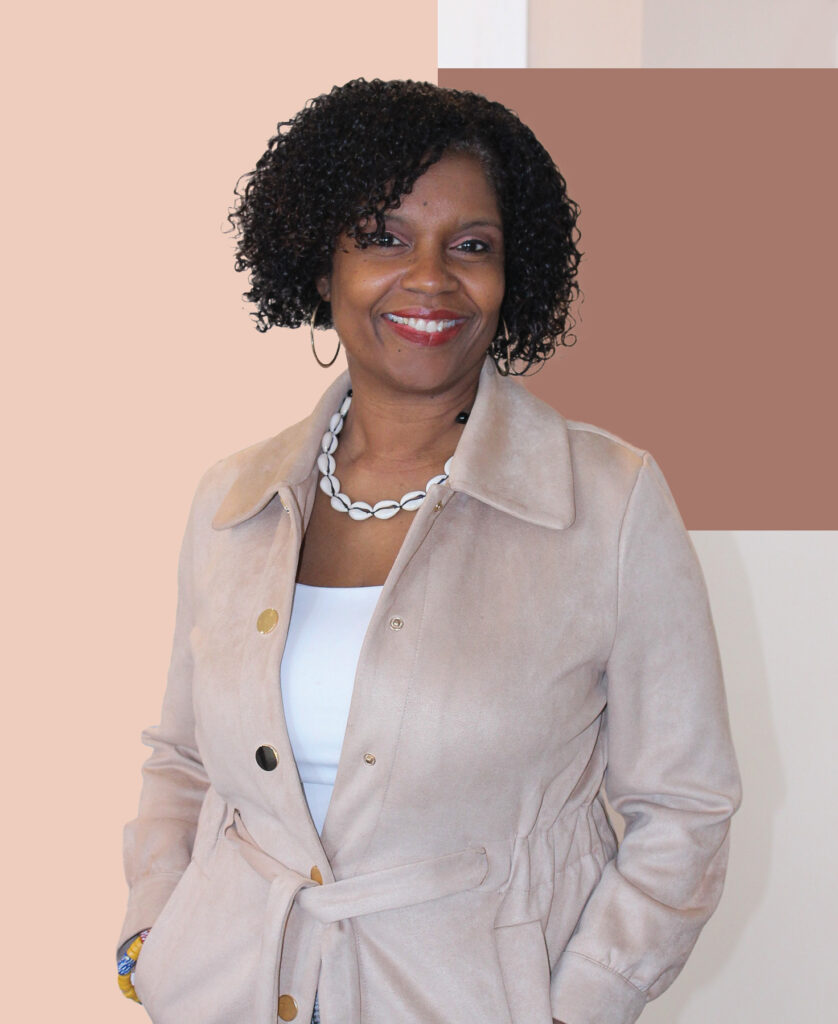
Photo of Tonya Breland courtesy of Tonya Breland.
OP-ED
BY TONYA BRELAND | TESO Consulting Group
How can you show that you care about those whom society has overlooked — without using the word “marginalization?”
How can you demonstrate the impact of your work without explicitly calling it Diversity, Equity & Inclusion (DEI)? How does your organization communicate that it values the worth and dignity of people? What does that look like today?
These questions matter now more than ever.
“When life gives you lemons, make lemonade,” a commonly heard phrase, popularized by Dale Carnegie in 1948, seems fitting for the times we are in. Maybe you are in one of those companies, organizations, and/or school districts squeezing lemons from a growing pile of lemons — navigating the politics of the day, filled with executive orders, demands, threats and declarations about DEI.
You might feel stressed, overwhelmed, confused, even shaken when considering what all of this means for your people and mission. That’s likely because you care.
You are not alone — and yes you can make lemonade from the lemons you’ve been handed. But before beginning, it’s important to level set. Let’s start by revisiting what Diversity, Equity and Inclusion actually means. None of these words are dangerous words. They are not divisive or destructive. In fact, they represent values rooted in fairness, access, representation and belonging.
They create a workplace where people feel seen, respected and safe. Despite the rising rhetoric, these principles are NOT the problem. Anyone suggesting otherwise, notwithstanding their title or position, is clearly misinformed, at best.
So, let’s establish a basic understanding of each word. Diversity is simply what makes everyone different. It factually describes people in our society. We are diverse by our ethnicity, race, culture, socioeconomics, gender, languages, abilities, education, sexuality, age, religions, and a whole lot more.
This diversity, often reflected in one’s identity, is well documented, and is actually a strength of our country and companies. The research overwhelmingly supports how diversity leads to better business outcomes like profitability and performance (McKinsey & Company, 2020; Boston Consulting Group, 2018; Deloitte, 2017).
Equity is a little more nuanced, as it is often mistaken for equality. While equality gives everyone the same thing, equity is grounded in fairness. It is about giving people what they need to thrive and removing the barriers that stand in the way of that. So, what is inequity? Inequity exists when one zip code has access to grocery stores and another does not; when one school district offers dozens of extra-curricular activities, and another cannot afford any; or when White males overwhelmingly fill leadership roles, while equally qualified women and people of color are overlooked. Inequities exist when some groups consistently have access to opportunities that others do not. Equity is the mechanism that addresses these disparities — creating access, expanding opportunities and removing the barriers so that everyone has what they need to succeed. (1)
Inclusion is about meaningful representation, ensuring that groups who have historically been excluded from conversations, decisions, leadership roles, and spaces are fairly considered and intentionally brought to the table.
Asking the question, “Who is not represented?” opens opportunities for others to not only be invited to participate, but also to feel genuinely welcomed. Being mindful of who is at the table, who is represented and who is not helps keep inclusion at the forefront of your organization’s priorities.
So what, now what?
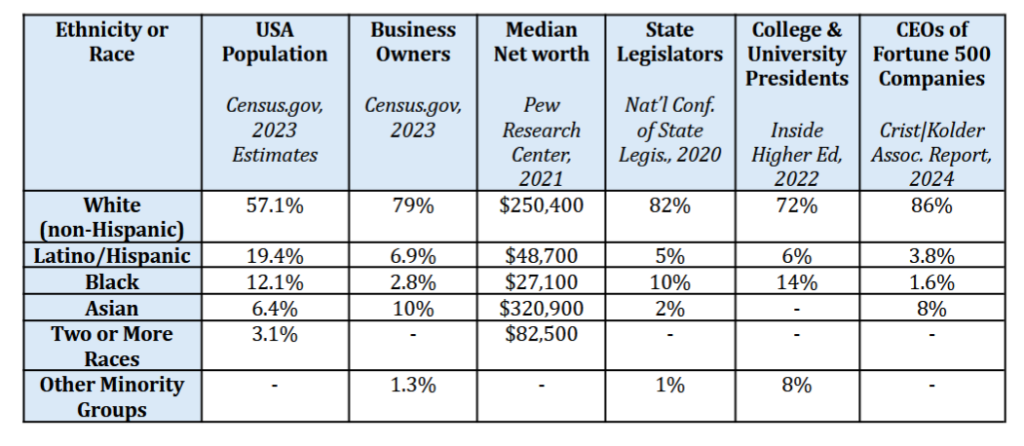
With a clear understanding that Executive Orders are not law-and they only apply to the executive branch of the federal government, we can turn our attention to what really matters for organizations: mission-driven action.
Unfortunately, many organizations are reacting with fears to these political pressures, pulling back from the very values they once publicly embraced. But the data tells another story — one that underscores why organizations’ commitment to advancing DEI continues to be critical.
The table makes this clear. Even with people of color comprising a significant percentage of the population, they remain disproportionately underrepresented across many facets of our community, including business ownership, state leadership, college presidencies, and corporate executive roles. They also experience significant disparities in median net worth. These inequities are not isolated to economics or leadership, they are also reflected in many other areas of our society including, health care, education, employment, and housing. (2)
When you review the table, what do you notice, think and wonder? Do you see the persistent gaps, disparities and disproportionalities among ethnic groups? If you lead or work in an organization that values and honors the voices of ethnic minorities, women, LGBTQ+ individuals, or people with disabilities, what do you think is now required of you?
Your organization is not required to take action, especially if you are adversely affected by some of this administration’s efforts to de-center DEI and erase the contributions of many. And you cannot afford to retreat. You must be courageous and bold. You need to be innovative and strategic.
But most importantly, you must continue the work — it is still relevant, and it still matters.
Consider what it would look like for your organization to reframe the work that you do, not the mission, but the language. The work of DEI can still happen without a label preceding it. When I taught English Language Arts many years ago, I taught my students how to “show, not tell.”
Essentially, in their writing, they were to describe the events or circumstances in a way that helped their audience understand their message without explicitly stating it. If the scene took place in the rain, they would show the character putting on boots, grabbing their umbrella, dodging puddles or the swish swash of the windshield wipers without ever saying it is raining.
There is an opportunity for you to do something similar in your organization.
Show, don’t tell.
Demonstrate your commitment to advancing DEI by the work that you do. Let the actions of your organization speak louder than words. This may be a strategy that helps depoliticize your organization. Depoliticizing your organization means shifting unnecessary and unproductive attention away from politics and emphasizing what’s really important: your mission, values and the people.
It means that you are embodying the values of diversity, equity and inclusion and creating a climate and culture that is welcoming to all individuals. It also means that you can continue pursuing fairness, representation, access and opportunities by focusing your efforts inward.
What does your data show? Do you have policies that are equitable? Do they remove barriers and create opportunities for groups who have been historically marginalized — to be hired, to succeed, to lead, to feel safe, seen and supported?
Your organization can be at the forefront of organizations that lead courageously. Lead by inviting and hosting T.O.U.G.H. (Thoughtful, Ongoing, Unwavering, Gracious, and Honest) conversations that unify and grow your team. Ensure all of your stakeholders understand your commitment. In other words — show them. Real DEI is about action, not lip service.
So, what are you committed to doing in your organization? (3)
1 McKinsey & Company. (2020). Diversity Wins: How Inclusion Matters. https://www.mckinsey.com/business-functions/people-and-organizational-performance/our-insights/diversity-wins-how-inclusion-matters
2 BCG. (2018). How Diverse Leadership Teams Boost Innovation. https://www.bcg.com/publications/2018/how-diverse-leadership-teams-boost-innovation
3 Deloitte. (2017). The Diversity and Inclusion Revolution: Eight Powerful Truths.
BIO: Tonya Breland is the award-winning DEI coach and former educator who has worked with schools and school districts around the country in addressing inequities that limit access and opportunities for students who have historically marginalized. She is the founder of the TESO Consulting Group.
Follow Us Today On:
Note from AC JosepH Media: If you like this story and others posted on Front Runner New Jersey.com, lend us a hand so we can keep producing articles like these for New Jersey and the world to see. Click on SUPPORT FRNJ and make a contribution that will go directly in making more stories like this available. Thank you for reading!
